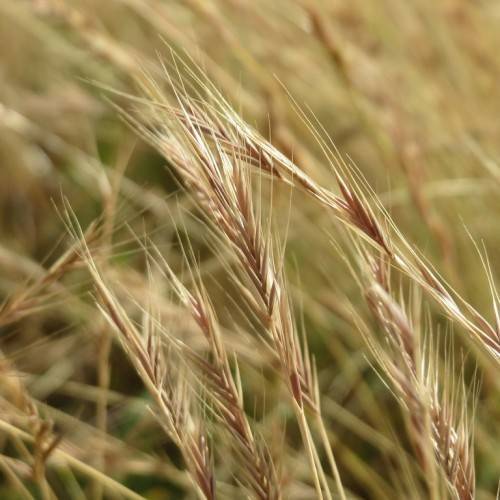
Poverty Brome
Bromus sterilis
Watering:
Frequent
Hardiness Zone:
Sun:
full sun,part shade
Leaf:
Yes
Growth Rate:
Low
Drought Tolerant:
Yes
Salt Tolerant:
Yes
Invasive:
Yes
watering
Corn Brome should be watered every 2-3 days, depending on the season. During spring and summer, move the soil around the plant to check for soil moisture and water when it feels slightly dry to the touch. In winter, water less often, only when the soil is completely dry. Make sure to water deeply, until the liquid begins to run from the pot's drainage holes.
sunlight
Corn Brome (Bromus squarrosus var. squarrosus) enjoys full sunlight throughout the day in order to thrive. It needs at least 6-8 hours of direct light per day, and can tolerate even more. Direct afternoon sun and partial shade in the morning or evening is also beneficial. With adequate sunlight, this plant species can reach full growth potential. However, too much, direct mid-day sun can cause its foliage to burn, particularly in extreme temperatures.
pruning
Corn Brome (Bromus squarrosus var. squarrosus) should be pruned regularly to promote healthy growth and emphasize its natural beauty. Pruning should be done twice a year, once in late spring and once again in mid-summer. In late spring, prune off any dead or damaged stems. Cut back any new growth that appears in order to promote relaxed branching. In mid-summer, trim off any excess growth that may have developed since the last pruning. Begin by removing all crossing stems or branches that may be competing for space. Next, selectively remove the weaker stems and excess stems to thin the plant. Prune to a desired shape or to reduce the size. Finally, finish by removing any overly leggy branches. For best results, use sharp pruning shears and proper positioning to make clean cuts.
